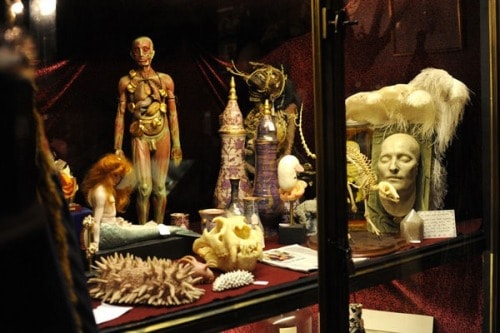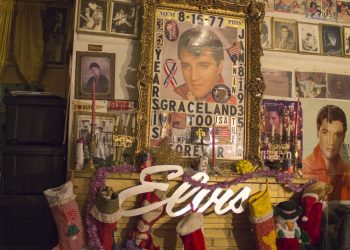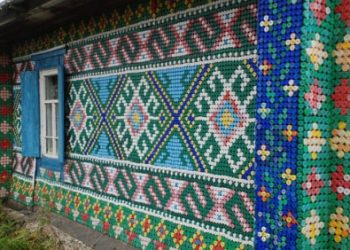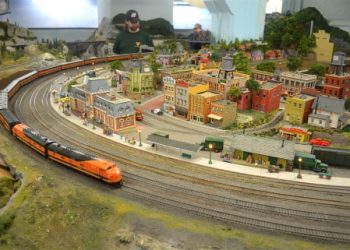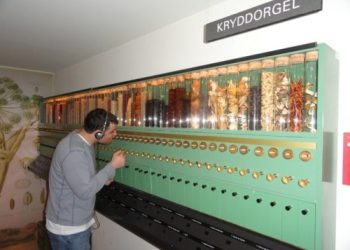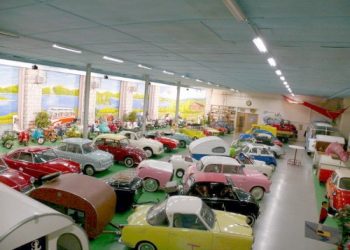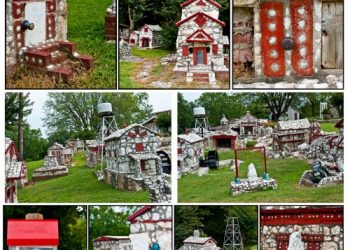Years ago when I studied to become a museologist, I learned all about Cabinets of Curiosities or Cabinets of Wonder, precursors to today’s museum. Viktor Wynd, curator and proprietor of The Little Shop of Horrors in London’s East End, was curious “to see how a contemporary wunderkammer might look”. So in the middle of his shop sits a Curiosity Museum (£2 please). The dark underground gallery is stuffed with countless old museum cabinets full of random items, like taxidermy and out-of-print books, tin toys and ivory phalluses to Rolling Stones condoms, anatomical specimens, antique dolls and a collection of skulls. A sealed box supposedly contains some of the darkness that Moses brought upon the Egyptions in Exodus. Also on display is the shrunken head of a white missionary who met his fate in Ecuador hundreds of years ago. Now his face sits in a jar with his eyes and mouth sewn shut. Even though the shop isn’t a real museum, it’s a great recreation of a time when Wunderkabinetts focused on displaying a collection of objects for aesthetic value rather than creating a narrative or educating the public.
